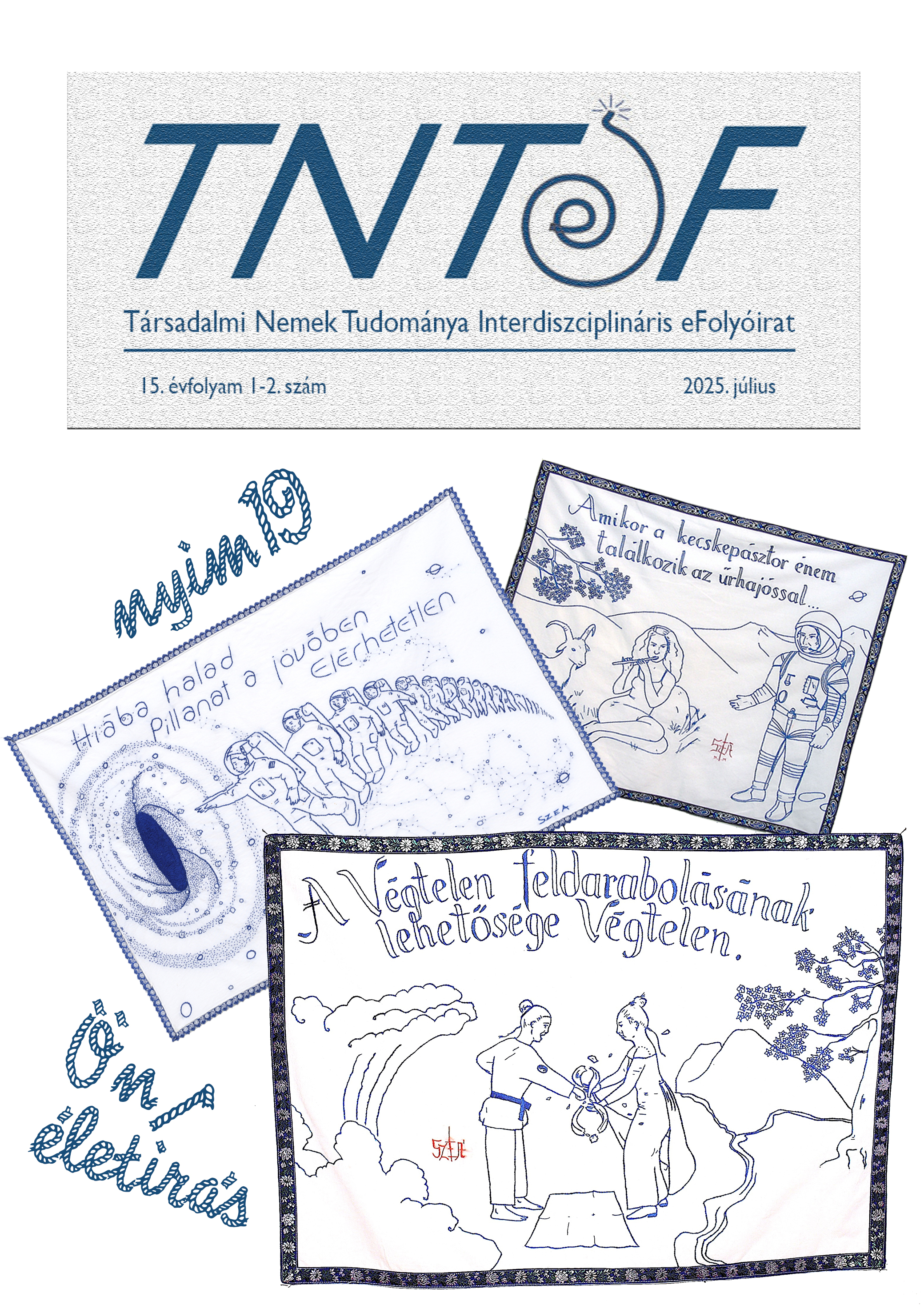"When my goat-herd self meets my astronaut self." Self-portraits of Eszter Ágnes Szabó
Main Article Content
Abstract
In the visual arts, the equivalent of a writer's autobiography is the self-portrait.
Although their properties make them hard to compare, their two functions – the construction and representation of the self – bring them together. Painters and sculptors, women and men, have been making self-portraits since the mature Renaissance, traditionally only a few, sometimes only one, which until the 20th century typically depicted the self-conscious (male) artist. Today, however, in an age of prolific self-representation – whether written, spoken or pictorial – many artists are the sole figures in their own art. Eszter Ágnes Szabó (1966-2024) was not one of them. Even though she did paint self-portraits, and her likeness does occasionally appear on her objects (ceramics, wall hangings), she was the kind of artist who was always concerned with others. A socially engaged artist, working against the artist-ego. She was interested in everything non-personal, although she involved herself in all her activities with her whole persona. She was always fully present in whatever she was doing at the moment – this was particularly evident in her performances, her live projects.
"Every housewife is a DJ", she declared, and we may remember her standing at a mixing console, mixing music and food at her 'eat art' events, or setting up a random sewing shop in public spaces. Not only did she make being a housewife her theme, she was motivated to help others through her activities; she embedded her local actions (e.g. recycling) in global considerations (e.g. climate change). In the following, I will attempt to reveal Eszter Ágnes Szabó's peculiar 'self-portrait' in her highly communal oeuvre, which emerges against the background of the space created on the border between the personal and the social.

